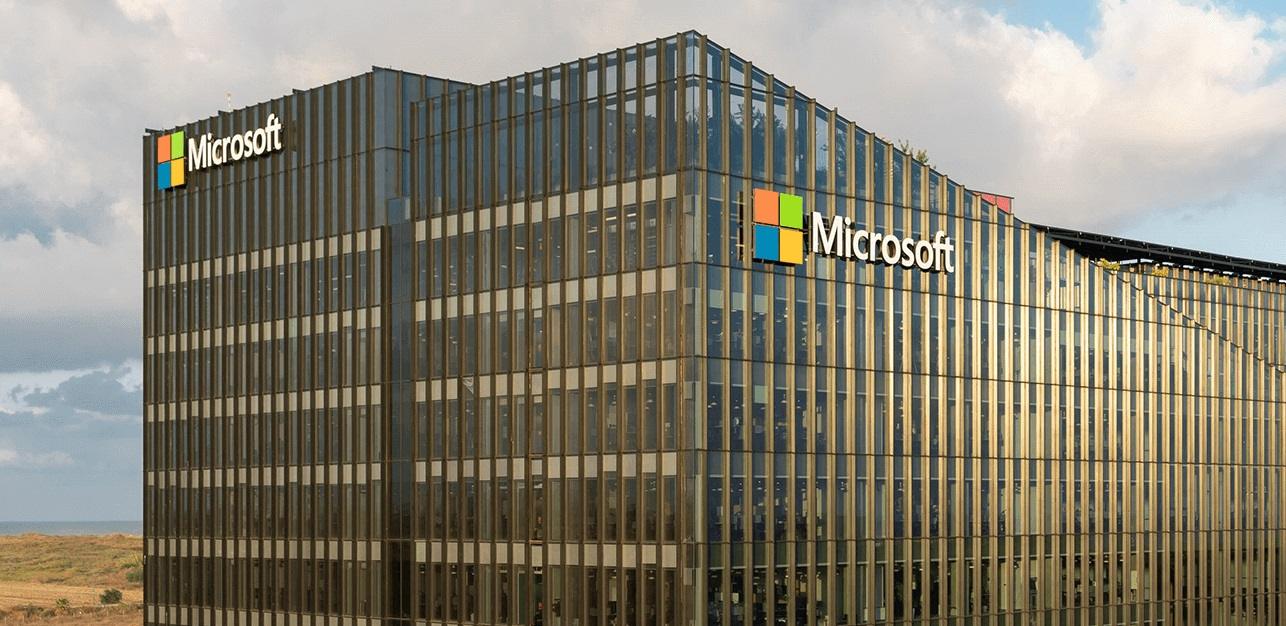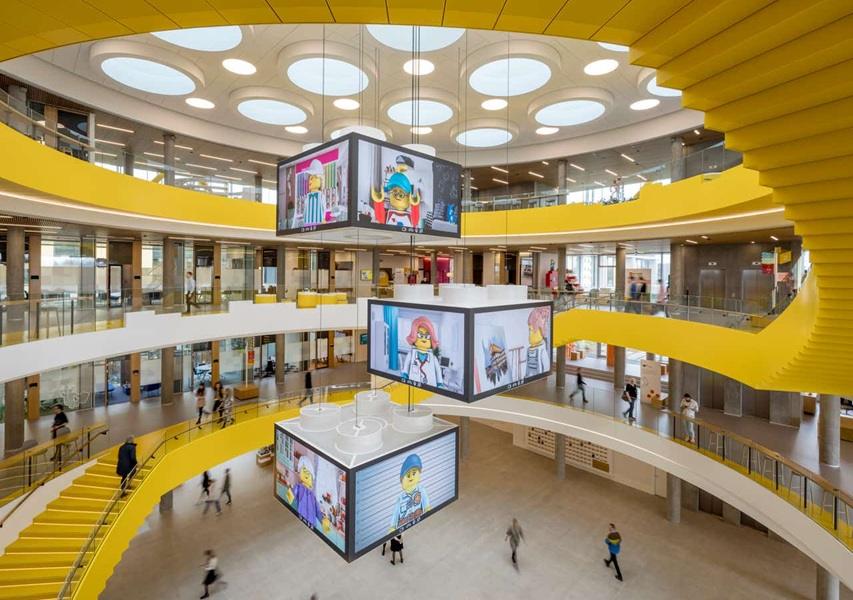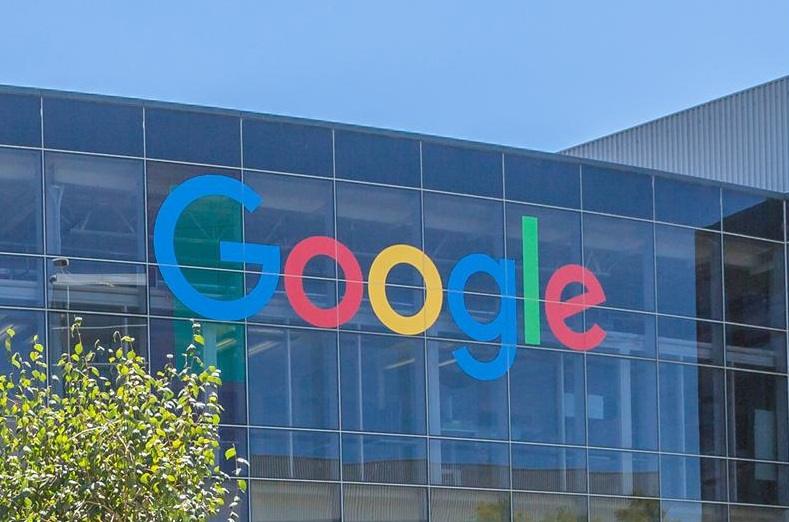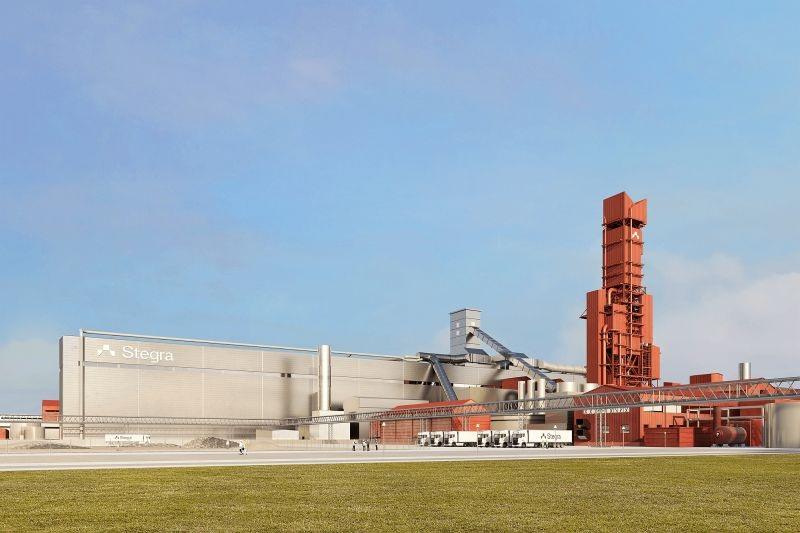Microsoft Buys Over 600,000 Tons of Green Cement to Help Build Sustainable Materials Market
Microsoft announced that it has signed an agreement with Sublime Systems to buy more than 600,000 tons of low-carbon cement, with the purchase agreement aimed at helping the technology giant address its carbon footprint, as well as to help advance the sustainable materials market.
Cement production is a significant contributor to global greenhouse gas emissions, and one of the more difficult sectors to decarbonize. Cement currently accounts for approximately 8% of global carbon dioxide emissions, with over 900 kg of CO2 emissions generated for every 1,000 kg of material produced.
Spun out of MIT in 2020, Sublime has developed a proprietary process that utilizes an electrolyzer to produce cement at ambient temperatures, replacing energy and fossil fuel-intensive kilns, and enabling the use of calcium sources as an input material, avoiding the release of CO2 from limestone input. As part of the process, limestone, commonly used to make the cement, is converted to lime at room temperature, with the CO2 produced during this conversion process easier to capture.
According to Microsoft, the new agreement, which will allow for the deployment of up to 622,500 metric tons of cement produced at Sublime’s first commercial factory and subsequent full-scale factory over six to nine years, reflects the tech giant’s strategy to use initiatives like this to help build markets for clean tech and sustainability solutions. The agreement allows Microsoft to purchase Sublime cement for construction projects when geographically possible. In addition, Microsoft will be able to purchase the environmental attribute certificates (EACs) of Sublime cement separately from the physical material—a similar mechanism to decoupling renewable energy certificates from the use of the actual energy produced.
Jeff Leeper, Vice President of Global Datacenter Construction at Microsoft, said:
“In designing creative transactions such as this one with Sublime, Microsoft aims to accelerate the mass production and adoption of clean construction materials, enabling innovators to overcome the real, acute challenges of scaling in heavy industries with existing manufacturing capacity. We need breakthrough, reimagined products like Sublime Cement at scale to reduce emissions—both at Microsoft and globally.”
Sublime said that the agreement, especially the option for Microsoft to buy EACs, will help accelerate the opening of its first commercial factory and scale its production. The company’s technology more efficiently breaks down rock and other feedstocks into cement, avoiding the pollution and waste that have characterized cement manufacturing for over 200 years while reducing energy use.
Dr. Leah Ellis, Sublime Systems CEO and Co-founder, said:
“This purchase enables Microsoft to access Sublime’s low-carbon cement technology regardless of where their construction is. This solves a previously intractable challenge for clean cement scale-up: the lack of long-term cement transactions contrasted with the immediate need for innovators to demonstrate bankable customers to fund their manufacturing. Microsoft is stepping up as the first customer for our future megaton-scale plant, enabling us to more rapidly build and scale Sublime Cement as a global, enduring solution for clean construction.”
The agreement forms part of a series of actions by Microsoft to address the embodied carbon of its built environment. Last year, the company announced that it would pioneer the use of wood in datacenter construction to replace steel and concrete, in addition to initiatives including updating contract language to include low-carbon requirements for materials and equipment used in datacenter construction, and investments in low-carbon building materials technologies and developers, such as Stegra (formerly H2 Green Steel), Boston Metal, CarbonCure, and Prometheus Materials through the Microsoft Climate Innovation Fund (CIF).
In a blog post announcing the new agreement, Katie Ross, Director, Carbon Reduction Strategy & Market Development at Microsoft said:
“Buying and using existing low-carbon materials builds the market for existing solutions, while unlocking financing through EACs and CIF ensures new production capacity for low-carbon materials. Together, this approach to building new markets creates a flywheel effect to signal demand, grow supply, and drive down costs and risk over time.”






